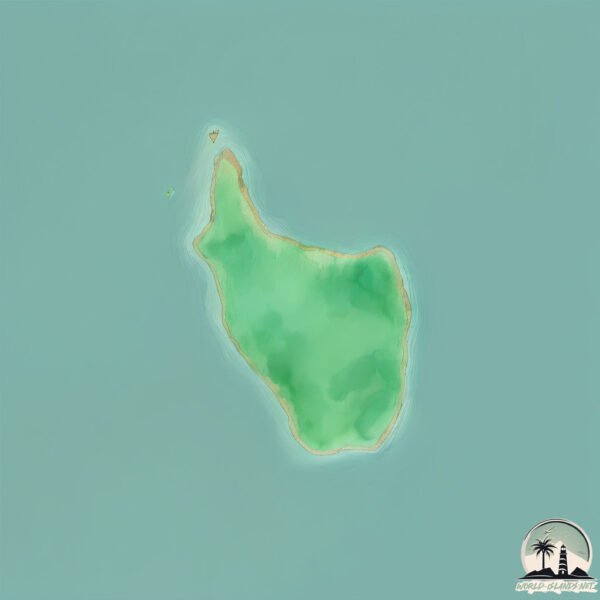Le Père

Welcome to Le Père, a Tropical island in the North Atlantic Ocean, part of the majestic Atlantic Ocean. This guide offers a comprehensive overview of what makes Le Père unique – from its geography and climate to its population, infrastructure, and beyond. Dive into the details:
- Geography and Size: Explore the island’s size and location.
- Climate and Weather: Weather patterns and temperature.
- Topography and Nature: Uncover the natural wonders of the island.
- Infrastructure and Travelling: Insights on reaching, staying, and making the most of your visit.
- News and Headlines: Latest News.
Geography and size of Le Père
Size: 0.339 km²
Coastline: 2.7 km
Ocean: Atlantic Ocean
Sea: North Atlantic Ocean
Continent: South America
Le Père is a Tiny Island spanning 0.339 km² with a coastline of 2.7 km.
Archipel: –
Tectonic Plate: South America – A major plate covering the South American continent and part of the Atlantic Ocean, known for the Andes mountain range and significant seismic and volcanic activity.
The geographic heart of the island is pinpointed at these coordinates:
Latitude: 4.92938935 / Longitude: -52.20352867
Climate and weather of Le Père
Climate Zone: Tropical
Climate Details: Tropical Rainforest Climate
Temperature: Hot
Climate Characteristics: This climate is typified by heavy rainfall throughout the year, high humidity, and consistently high temperatures, leading to lush rainforests and rich biodiversity. Seasonal temperature variations are minimal.
Topography and nature of Le Père
Timezone: UTC-03:00
Timezone places: America/Sao_Paulo
Max. Elevation: 19 m
Mean Elevation: 19 m
Vegetation: Evergreen Broadleaf Forest
Tree Coverage: 54%
The mean elevation is 19 m. The highest elevation on the island reaches approximately 19 meters above sea level. The island is characterized by Plains: Flat, low-lying lands characterized by a maximum elevation of up to 200 meters. On islands, plains are typically coastal lowlands or central flat areas.
Dominating Vegetation: Evergreen Broadleaf Forest
Characterized by dense, lush canopies of broadleaf trees that retain their leaves year-round. These forests are typically found in tropical and subtropical regions and are known for their high biodiversity. Le Père has a tree cover of 54 %.
Vegetation: 1 vegetation zones – Minimal Diversity Island
These islands exhibit the most basic level of ecological diversity, often characterized by a single dominant vegetation type. This could be due to extreme environmental conditions, limited land area, or significant human impact. They represent unique ecosystems where specific species have adapted to thrive in these singular environments.
Infrastructure and Travelling to Le Père
Does the island have a public airport? no.
There is no public and scheduled airport on Le Père. The nearest airport is Cayenne – Félix Eboué Airport, located 21 km away.
Does the island have a major port? no.
There are no major ports on Le Père. The closest major port is DEGRAD DES CANNES, approximately 11 km away.
The mean population of Le Père is 2612 per km². Le Père is Densely Populated. The island belongs to France.
Continuing your journey, Portal Eiland is the next notable island, situated merely km away.
Never Visit This Island…



France is classified as Developed region: G7: Group of Seven – Major advanced economies, including Canada, France, Germany, Italy, Japan, the United Kingdom, and the United States. The level of income is High income: OECD.
News – Latest Updates and Headlines from Le Père
Stay informed with the most recent news and important headlines from Le Père. Here’s a roundup of the latest developments.
Please note: The data used here has been primarily extracted from satellite readings. Deviations from exact values may occur, particularly regarding the height of elevations and population density. Land area and coastline measurements refer to average values at mean high tide.
